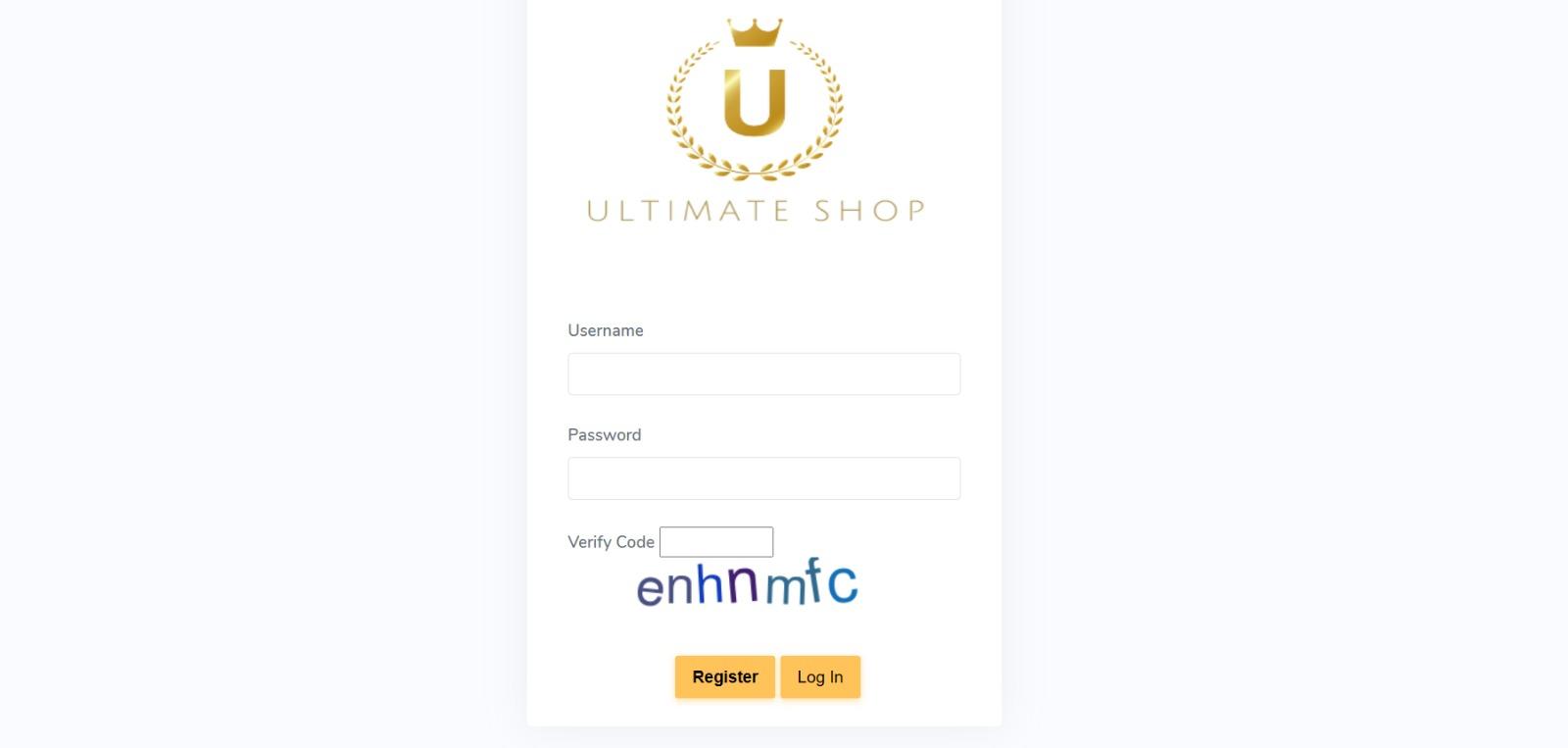Notifications

3 minutes, 43 seconds
-13 Views 0 Comments 0 Likes 0 Reviews

Learn why the term Ultimate Shop is being linked with dumps and CVV2 activities, and what makes these platforms so attractive to the digital underground economy.
As the digital age advances, so too do the tactics of cybercriminals. One of the most concerning developments is the emergence of terms like “Ultimate Shop” in conversations about stolen credit card data, including dumps and CVV2. These keywords signal the presence of illicit platforms that allow users to trade in sensitive financial information.
So what exactly makes these kinds of shops so appealing to online fraudsters?
The answer lies in anonymity, automation, and profitability. On these underground marketplaces, anyone with cryptocurrency and basic knowledge can buy access to thousands of stolen card details. The data includes full track information (dumps), security codes (CVV2), and sometimes even full billing addresses.
This accessibility fuels the rapid growth of digital theft. In the past, stealing credit card information required physical skimming devices or inside access. Today, malware, phishing emails, and database breaches can compromise millions of records at once, which then end up on platforms similar to Ultimate Shop.
These marketplaces often provide tools and guides for beginners, creating an entry point for even inexperienced users to start carding or fraud attempts. Some offer customer support, feedback ratings, and refund policies—all designed to build trust among criminals.
The keyword “Ultimate Shop” is becoming a red flag for financial experts and cybersecurity analysts. It points to how well-organized and well-marketed these illegal ecosystems have become. They mimic legitimate e-commerce platforms, but their offerings can ruin lives and damage businesses.
Banks and payment processors are constantly updating algorithms to detect and prevent unauthorized transactions. But cybercriminals are quick to adjust. They use bots to test cards across multiple sites, exploiting the smallest security lapses. By the time the fraud is noticed, the money is often gone, and the trail is cold.
For consumers, the key is proactive protection. Use two-factor authentication, avoid unfamiliar websites, and monitor your account activity closely. Whenever possible, use virtual cards for online purchases to minimize the risk of exposure.
While global enforcement agencies are making efforts to shut down such platforms, they often reappear under new names or domains. The use of the term Ultimate Shop is part of a broader trend showing how cybercrime is adapting and thriving in the shadows of the internet.
Raising awareness is crucial. These crimes affect real people—families, students, small business owners—who may lose access to funds or suffer lasting credit damage. By understanding the appeal and structure of platforms like Ultimate Shop, we can better defend ourselves and support broader cybersecurity efforts.

